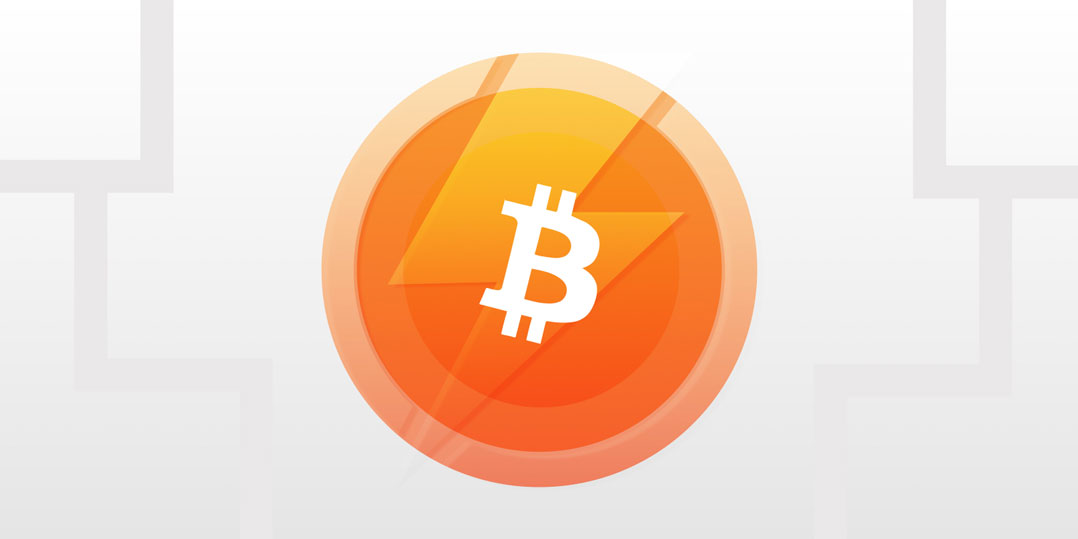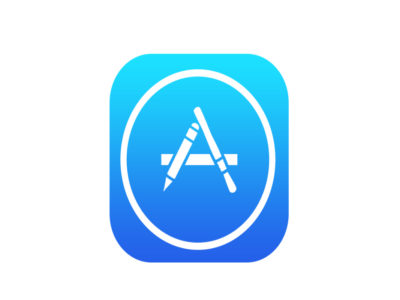
 In 1999, on the verge of the popping of the dot-com bubble, anyone involved in technology was awakening to the near-endless opportunities that the Internet and home computing could provide.
In 1999, on the verge of the popping of the dot-com bubble, anyone involved in technology was awakening to the near-endless opportunities that the Internet and home computing could provide.
At the same time, we saw anyone who’s incentivised by creating panic talk about the terrible energy-intensive world we were creating by using computers. Statistics suggested that we would require a pound of coal to store 2MB of data, and that in 2025, 20% of all electricity would be used by the Internet.
We’ve since discovered that these figures are far off, so should we apply a little more consideration into saying that bitcoin’s energy consumption is excessive, unsustainable and bad for the environment?
By implementing proof-of-work, nodes on the network that mine transactions are made to try to solve a (computationally) difficult mathematical puzzle
These concerns aren’t new to bitcoiners. Even bitcoin’s inventor, Satoshi Nakamoto, had to address the energy consumption concerns, so let’s do a deep dive into why bitcoin uses energy, how it’s used and how bitcoin could become an even bigger user of renewable energy.
Bitcoin is not the first digital currency humans have built. David Chaum created DigiCash in 1989 but the business faced technological problems that forced it to centralise. In retrospect, perhaps the biggest problem with centralised private money is that if the business goes under, the digital money becomes worthless because all of the databases and ledgers are no longer available to the public or even online.
The blockchain
The second major problem we faced is that digital data can be easily copied with enough time or money (and sometimes with little effort).
So, in 2008, Nakamoto took the ideas behind DigiCash and a few other sources and put together what we now know as a blockchain.
Let’s take a look at what he used and how he did it.
How do we secure the network and how do all the participants in the network verify transactions and know that all participants are being honest and not creating false transactions?
 The simplest proposal might be that you allow a bunch of computers to form a network, and if the majority of the computers agree that a transaction has taken place, or agree on the general network rules, then all is good.
The simplest proposal might be that you allow a bunch of computers to form a network, and if the majority of the computers agree that a transaction has taken place, or agree on the general network rules, then all is good.
There’s a small flaw with this approach, and that is that if every computer on the network had equal voting power, it would be relatively cheap and easy to buy enough computers to control the network by purchasing thousands of low-cost computers like Raspberry Pis.
Once the person or people that control the new majority are connected to the network, they could mint new coins, double spend, or do a number of other things that would damage the integrity of the network. This type of attack is called a Sybil attack.
We need to consider that the more computing power introduced to the network, the more transactions cost to mine
Nakamoto realised that blockchains could be resistant to this type of Sybil attack if there was a cost to run a node on the network, so inspired by Adam Back’s proposed Hashcash proof-of-work algorithm he implemented proof-of-work on bitcoin.
By implementing proof-of-work, nodes on the network that mine transactions are made to try to solve a (computationally) difficult mathematical puzzle. The puzzle difficulty gets more and less difficult depending on the total computational power of the network, which is measured in hashes per second (h/s).
More energy
Nakamoto then chose to reward these nodes for their work, by offering them a block reward of 50 bitcoins for every puzzle they successfully solved before another mining node did so.
So, we have a cost to validate transactions on the network, as well as a reward for validating those transactions.
Lastly, we need to consider that the more computing power introduced to the network, the more transactions cost to mine, the more computing power is required, and yes, the more energy is consumed.
Now this might feel like an endless cycle of increased computing power and energy use, but mining nodes are businesses that are economically incentivised to run efficiently, so increasing their computing (or hashing) power, and thereby also increasing their electricity costs without having to, wouldn’t make economic sense.
So, the Bitcoin network isn’t ever using more power than it needs.
 This model of increasing difficulty as the network’s hashing power increases is what makes bitcoin secure and resistant to anyone attempting to take control of the network – they’d need to buy enough computing power to equal at least 51% of the network’s computing power.
This model of increasing difficulty as the network’s hashing power increases is what makes bitcoin secure and resistant to anyone attempting to take control of the network – they’d need to buy enough computing power to equal at least 51% of the network’s computing power.
The future of money or the greatest store of value — whatever you think it is that makes bitcoin important is only made important because of the network’s energy use, which is directly correlated to the computing power (and Sybil resistance) of the network.
The bitcoin network doesn’t “waste” energy, it consumes it. We all recognise the value in burning thousands of tons of fuel to test rockets that one day may go to Mars, so why do we have a problem with using energy to secure a truly global financial system?
The utility of the exchanges made possible by bitcoin will far exceed the cost of electricity used. Therefore, not having bitcoin would be the net waste
Back in 2010, Nakamoto understood this already when he wrote: “It’s the same situation as gold and gold mining. The marginal cost of gold mining tends to stay near the price of gold. Gold mining is a waste, but that waste is far less than the utility of having gold available as a medium of exchange.
I think the case will be the same for bitcoin. The utility of the exchanges made possible by bitcoin will far exceed the cost of electricity used. Therefore, not having bitcoin would be the net waste.”
So, how do you get started with crypto?
Picking one cryptocurrency to back — like bitcoin, for example — can be risky because, at the end of the day, you may have chosen the wrong horse to back regardless of your best analysis.
Even the professionals don’t get it right every time. As mentioned earlier, many professional investors would recommend a diversified approach, so you’re not putting all your eggs in one basket. Instead, you’re buying a basket of cryptocurrencies.
Crypto investing can be complicated, time-consuming and quite intimidating, so Revix has created an ultra-simple investment platform that allows you to own a diversified Bundle of the top cryptocurrencies for as little as R500. And what’s great is that you can sell out of your Bundle and withdraw your funds at any time.

Revix CEO Sean Sanders
Revix’s Bundles are ready-made investments that provide you with direct exposure to the underlying cryptocurrencies within each Bundle. This means that you don’t have to guess which cryptocurrencies to own.
Investing is as easy as signing up and buying a Bundle.
Sign up to Revix for free to invest in a Crypto Bundle
The greatest component of Revix’s Bundles is the “invest and leave it” functionality. The Crypto Bundles automatically update your holdings every month so that you always stay up to date with the fast-paced crypto market.
“Our Crypto Bundles let the most successful cryptocurrencies come to you, and this puts your whole investing experience on autopilot — making your money work harder for you,” explains Revix founder and CEO Sean Sanders.
Sign up to Revix for free to invest in a Crypto Bundle
Revix offers three crypto Bundles on its platform, all of which track the crypto market and are known as passive investments as there isn’t a fund manager picking which cryptocurrencies anyone should own. Instead, Revix’s Bundles provide investors exposure to the largest and most established cryptocurrencies.
The Top 10 Bundle is like the JSE Top 40 or S&P 500 for crypto and provides equally weighted exposure to the top 10 cryptocurrencies making up more than 85% of the crypto market.
The Payment Bundle provides equally weighted exposure to the top five payment-focused cryptocurrencies looking to make payments cheaper, faster and more global. These cryptos include the likes of bitcoin, ripple, bitcoin cash, stellar and litecoin.
Revix’s Bundles have outperformed an investment in bitcoin alone over one, three and five years
The Smart Contract Bundle provides equally weighted exposure to the top five smart contract-focused cryptocurrencies like ethereum, EOS and tron that allow developers to build applications on top of their blockchains, similar to how Apple builds apps on top of iOS.
Revix’s Bundles have outperformed an investment in bitcoin alone over one, three and five years.
“The alternative cryptocurrencies, called altcoins, have outperformed bitcoin, and this is why our Bundles have performed so well — as we equally weight each of the cryptocurrencies within the Bundles, which diversifies your crypto portfolio,” says Sanders.
About Revix
At Revix, we’re driven to empower everyday people to become their own wealth managers. Cryptocurrencies have been our first investable category. We offer bitcoin, a regulated gold tokenised commodity called Paxos Gold, and three ready-made crypto Bundles. These Bundles are like the S&P 500 for crypto and offer passive, diversified exposure to the crypto asset class. Investing is as easy as signing up, choosing an asset, and then watching your portfolio grow.
We have some exciting new products on their way. Soon you’ll be able to invest in emerging themes, sectors and asset classes in an effortless way. Sign up to learn more.
Disclaimer
This article is intended for informational purposes only. The views expressed are not and should not be construed as investment advice or recommendations. This article is not an offer, nor the solicitation of an offer, to buy or sell any of the assets or securities mentioned herein. You should not invest more than you can afford to lose, and before investing, please take into consideration your level of experience, investment objectives and seek independent financial advice if necessary.
- This promoted content was paid for by the party concerned











Comments